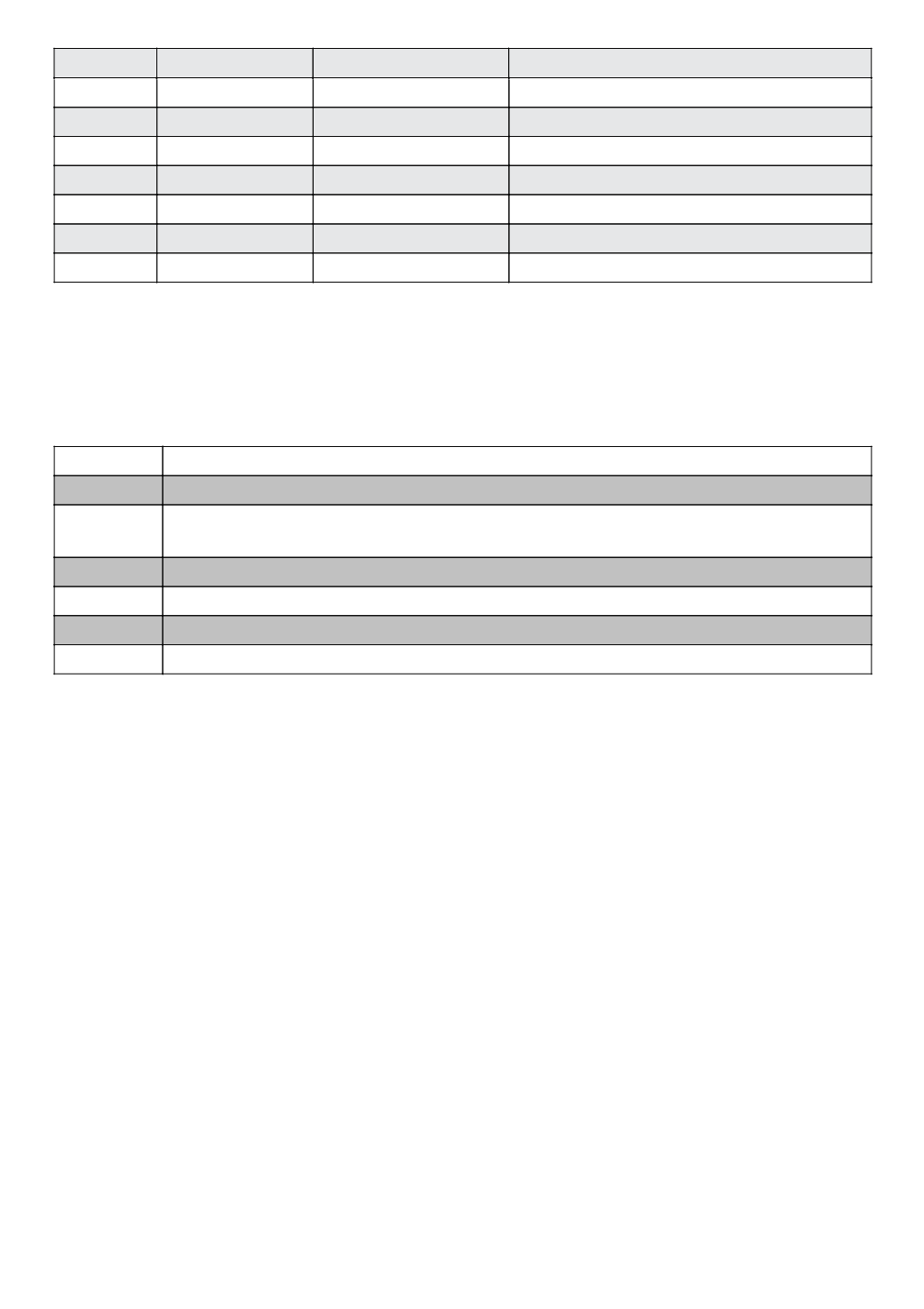
Anger
Irritable
Grumpy/hostile
Violent
Fear
Anxious
Timid
Panic, anxiety disorder
Sadness Blue/melancholic Pessimistic
Depression
Disgust
no name for it
Snobbish
Obsessive/compulsive, phobias, anorexia
Contempt no name for it
Haughty
Narcissism?
Surprise
Candid/naïve
Dementia
Happiness Bliss/joy
Optimist/cheerful
Mania
Cultivating Emotional Balance
We can think of these seven emotions as families that all have common or related triggers. Each
family has a certain theme and variations on that theme, related to our ancestral genetic history.
Here is the list of the seven universals with their evolutionary purpose:
Anger:
Fight, remove obstacle
Fear:
Flight, escape from threat
Sadness:
Be reassured, elicit connection and caring from others, create connection in the
face of loss
Happiness: Deepen connection and cooperation
Disgust:
Get rid of something poisonous or harmful
Surprise:
Focus attention to identify something unexpected
Contempt: Assert superiority
The Timeline
This next section describes how all seven emotions unfold from our natural state of automatically
appraising our environment. In this diagram we see that the trigger to emotion has a back-story,
our automatic appraisals of the environment are constantly processing the world around us,
through our senses, people, places and situations. The appraisal of our environment is run through
our mind, which holds our personal database of memories, themes and scripts that have been
genetically passed down as well as accumulated over the years. When the appraisal of our
environment matches something in our database the trigger begins. The database is called the
“emotion alert database”; this is unique to the experiences of each person’s life.
The physiological response begins with the trigger and can create a refractory period where we
see the world through the lens of the emotion. Our reactions and behaviors are often performed
through the lens of the refractory period and without the ability to take in new information. The
timeline of the emotion is both conceptual as well as a tool to examine our own emotional
experiences. Below you will see the image of an emotional timeline and the descriptive text to
explain the terms used.
405
EMOTION MOOD
TRAIT/DISPOSITION DISORDER


